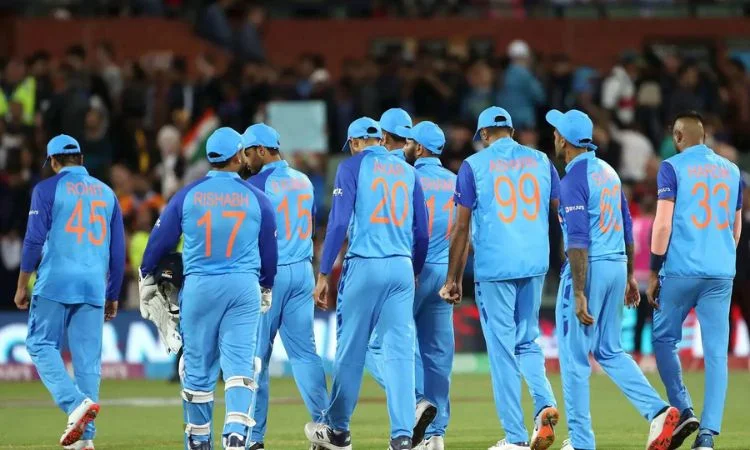The creation of the new league, which has the potential to completely transform cricket worldwide, is being led by BCCI secretary Jay Shah.
What comes next is being planned by the Board of Control for Cricket in India (BCCI). By 2024, a Tier-2 cricket league will be established. The league would adopt the popular Indian Premier League (IPL) structure, according to sources cited by Moneycontrol.

The BCCI secretary, Jay Shah, is leading the charge in this league’s development. Support from stakeholders and possible sponsors has been quite positive. The magazine also stated that the league hopes to capitalize on the growing interest in shorter cricket formats by possibly implementing the T10 format.
According to Moneycontrol, a number of important decisions are being considered. The format argument tends to swing between T10 and T20, with a preference for T10 because of its excitement and shortness. The magazine also stated that there is disagreement on the tournament’s location. A permanent location in India or a series of revolving locations across the world are among the options for increasing attractiveness abroad and possibly generating new sources of income.
One important question being examined is whether or not players should be limited in age. This tactic might help to maintain the IPL’s distinct standing in the cricket community. The IPL’s advantages are its prime-time scheduling in India, the presence of elite foreign players, and strong corporate support. The BCCI has to make sure that these qualities are complemented by the new league rather than competing with it.
The article also stated that the creation of this league might redefine bilateral cricket. Famous red-ball series like the Ashes and India’s ties with England, Australia, and South Africa may continue to be significant, but franchise cricket may take center stage on the schedule.
The change could have an impact on cricket dynamics worldwide, particularly for boards that make money through bilateral rights deals. Although it would provide financial respite, a revenue-sharing approach with the BCCI also raises questions about the future of 50-over cricket.
End of the 50-over cricket match
Given that several cricket boards are struggling financially, working with the BCCI could help them turn things around. Moneycontrol reported insiders as saying, “But if that happens, it could signal the death of 50-over cricket sooner than one thinks.”
Saudi Arabia is interested in this new project and hopes it will increase travel. The new league might be financially sustainable with the help of a traveling competition, which would be a strategic move for Indian cricket.
Because of the UK summer, the England & Wales Cricket Board (ECB) is in a unique position to potentially stay independent in an ever-changing landscape.
The BCCI’s strategic change is a reflection of their awareness of the dynamics of cricket worldwide and their goal of being at the forefront of the game’s advancement.















